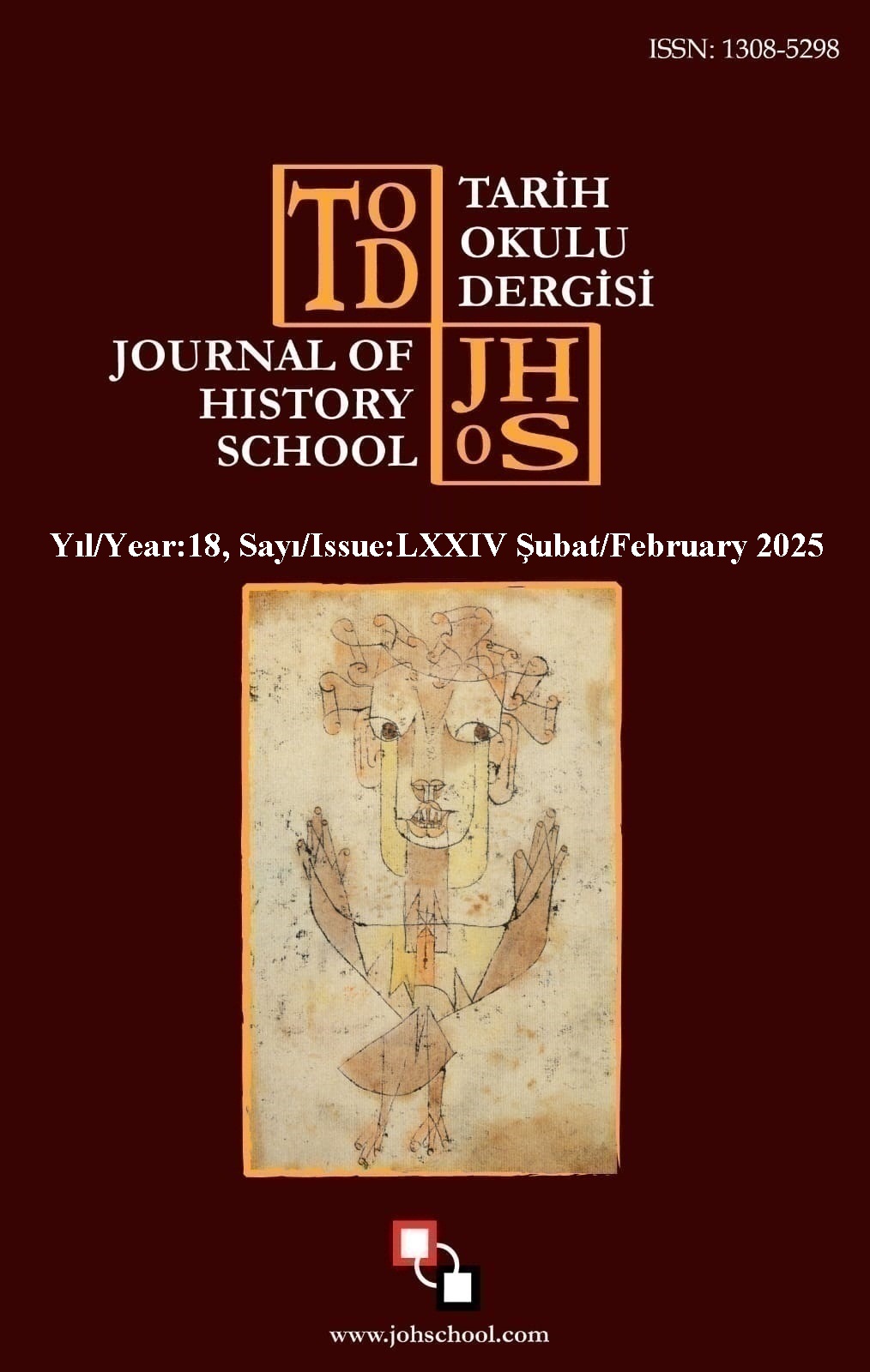Author :
Abstract
Düello ile yargılama (trial by battle) Orta Çağda yaygın bir hukuki uygulama olan işkence ile yargılamanın veya judicium Dei’nin birçok biçiminden biridir. Her olayda, Tanrı’nın hükmü doğrultusunda, kömür üzerinde yürümek, kızgın demir tutmak, elini veya kolunu kaynar suya sokmak, soğuk suya atılmak gibi yöntemlerle sanığın suçlu olup olmadığı anlaşılırdı. Bu eylemlerden bazılarında sanığı mahkûm etmek için bir mucize; bazılarında da sanığın kurtulması için bir mucize gerekiyordu. Genellikle zorlu sınavlar, gücünü sanığın zihnine uygulanan etkiden alırdı. Bütün bu uygulamalara ciddi dini törenler eşlik ederdi. “Düello ile yargılamaya” işkence ile yargılama (ordeal) adının verilmesinin nedeni Tanrı’nın, zaferi masum tarafa vererek hükmünü açıkladığına, böylece ne kadar güçlü ya da yetenekli olursa olsun, suçlu bir adamın kendisini suçlayanı yenemeyeceğine inanılmasıydı. Çalışmada Orta Çağ Avrupa’sında yaygın olarak kullanılan bir Germen yargılama biçimi olan “düello ile yargılama” hakkında genel bilgiler verildikten sonra İngiltere hukukundaki tarihi serüvenine değinildi. Giriş kısmında Orta Çağ hukukçularının ve tarihi kayıtlar ışığında düello ile yargılamanın tanımı yapıldı. Sonrasında düello ile yargılamanın kökeni hakkında bilgi verildi. Düello ile yargılama, yazılı hukuktan önce de kullanıldığından kökeni hakkında kesin bilgilere ulaşılmasa da Avrupa’nın çeşitli bölgelerinde adli bir kurum olarak geliştiği görülmektedir. Bunun yanında Batı ile temasa geçene kadar Doğu’da bilinip bilinmediği hakkında kesin bir bilgi bulunmamaktadır. Düello ile yargılamanın İngiltere’de uygulanan şövalye düelloları ile diğer düello davaları arasındaki farka da değinildi. Böylece orta çağ Avrupa’sına ve İngiltere’sine özgü olan bu yargılama biçimiyle ilgili özgün bir çalışma ortaya konmaya çalışıldı. Bu çalışmada düello ile yargılamanın tarihsel arka planı incelenerek, birincil belgeler ışığında bir tanımı yapıldı.
Keywords
Abstract
Trial by battle is one of many forms of trial by torture, or judicium Dei, which was a common legal practice in the Middle Ages. In every case, the defendant's guilt or innocence could be determined by methods such as walking on coal, holding a hot iron, putting his hand or arm in boiling water, or being thrown into cold water. In some of these actions, a miracle was required to convict the defendant, while in others, a miracle was required for the defendant to be saved. The efficacy of ordeals was typically attributed to the influence they exerted on the defendant's mind. These practices were often accompanied by solemn religious ceremonies. The term "trial by duel" was used to describe ordeals because it was believed that God would announce his judgment by giving victory to the innocent side, rendering it impossible for a guilty man, regardless of his strength or skill, to defeat his accuser. The study commenced with an overview of the historical context of "trial by duel," a Germanic form of trial that was widely employed in medieval Europe. It then proceeded to examine the evolution of this practice in English law. In the introductory section, the definition of trial by duel was elucidated in light of the insights gleaned from medieval jurists and historical records. This was followed by a discussion on the origin of the duel and the trial itself. Since trial by duel was employed prior to the advent of written law, it is not possible to ascertain the precise origins of this judicial institution. However, it appears to have evolved as a judicial institution in various regions of Europe. Furthermore, it was unknown in the East until it came into contact with the West. The study also examines how trial by duel was implemented in England and in which cases it was used. Thus, this study represents an original contribution to the understanding of this form of judgment, which is specific to medieval Europe and England. This study will examine the historical background of trial by duel, as well as defining it in the context of historical documents.





